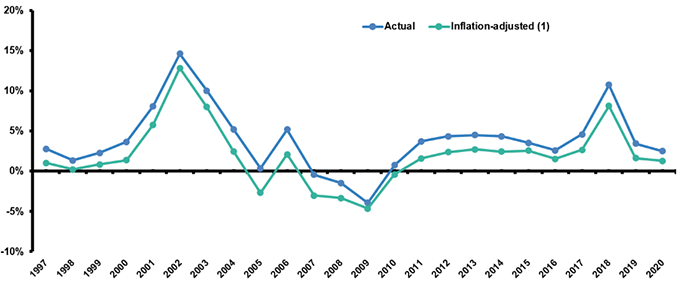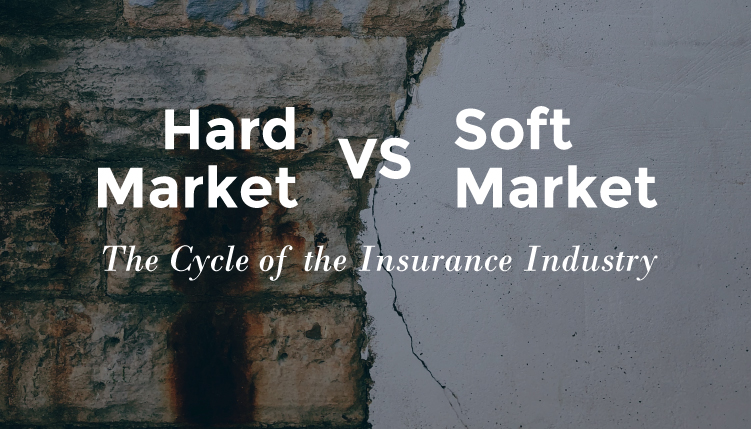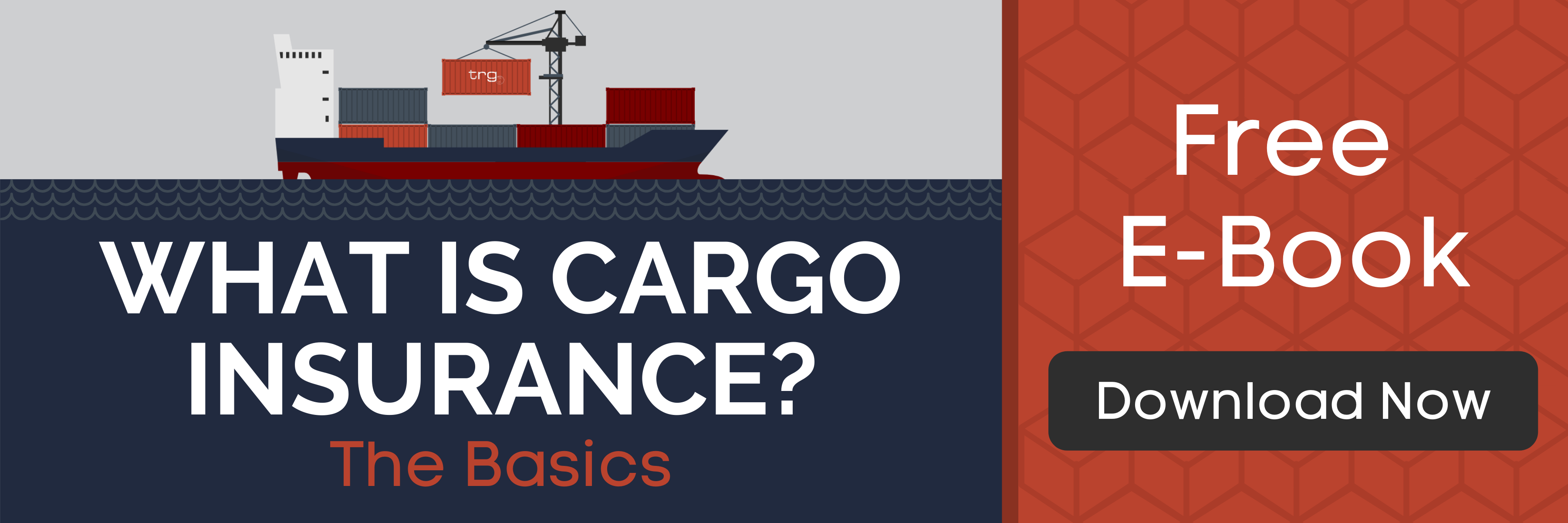The insurance industry goes through distinct cycles that impacts the price and availability of insurance policies. The phases of these cycles are known as either a soft market or hard market.
Like many industries, the insurance industry has a natural cycle of expansion and retraction that impacts the price and availability of policies. This cycle slowly shifts over the course of years and is affected by global factors such as extreme weather events and overall underwriting capacity throughout the industry. The two polar opposites within the insurance cycle are known as a hard market and a soft market.
The result of shifting between these two types of markets has a distinct impact on the businesses and individuals trying to secure different types of insurance policies. So understanding what it means to be in a hard or soft market becomes an important part of managing expectations when going through the insurance quoting process.
What is a Hard Market?
A hard insurance market is characterized by a high demand for insurance coverage and a reduced supply. Insurers impose strict underwriting standards and issue a limited number of policies. This causes premiums to increase and insurers are disinclined to negotiate terms.
Basically, when it comes to insurance, a hard market is considered a seller’s market. The following are some characteristics of a hard market:
- Higher insurance premiums
- More stringent underwriting criteria, which means underwriting is more difficult
- Reduced capacity, which means insurance carriers write less insurance policies
- Less competition among insurance carriers
What is a Soft Market?
A soft insurance market is characterized by low rates, high limits, flexible contracts, and high availability of coverage. During a soft market, insurance organizations are often trying to expand their market share and will often try to offer the cheapest deal to close the business.
This is why a soft market is considered a buyer’s market. The following are some characteristics of a soft market:
- Lower insurance premiums
- Broader coverage
- Relaxed underwriting criteria, which means underwriting is easier
- Increased capacity, which means insurance carriers write more policies and higher limits
- Increased competition among insurance carriers
What Contributes to the Changing Insurance Cycle?
In the chart below both the nominal and inflation-adjusted growth of P/C net premiums are shown as they were written over four decades. Within those four decades there were three periods considered hard markets and two that were considered soft markets. Since premiums can be calculated in different ways, this chart uses net premiums written, which reflect premium amounts after deductions for reinsurance transactions.

(1) Adjusted for inflation by the Insurance Information Institute using the GDP implicit price deflator.
Source: NAIC data, sourced from S&P Global Market Intelligence; Insurance Information Institute.
Ultimately, this chart illustrates the highs and lows experienced within the natural cycles of the insurance industry. However, what are some of the contributing factors that create a hard or soft market.
-
Underwriting Capacity
Underwriting capacity is the maximum amount of liability that an insurance company agrees to assume from its underwriting activities. This directly impacts the amount of policies a surety is willing to write and the size of those policies since each policy represents open liability to that surety.
In order to protect policyholders, regulators will prohibit insurance companies from underwriting an unlimited number of policies. This helps ensure that a single insurance company will not be forced to go out of business if a large amount of claims arise from those policies, leaving their clients uninsured. To determine their capacity for the year, insurance companies look at the number of policies they currently hold and the number of claims over the past.
-
Severe Weather and Global Events
So as we learned with underwriting capacity, there is a direct correlation between the number of claims an insurance company has had and the number of policies that insurer is able to take on. This helps explain how severe weather and global events have an impact on if the insurance industry is entering a hard or soft market.
If there was a severe weather event that resulted in a higher than average number of claims within a year, that would cause regulators to restrict the amount of policies an insurer can place, making it a more competitive market for a business or individual to secure an insurance policy.
For example, in the property market, both 2017 and 2018 were two of the costliest years in terms of natural catastrophes. To name a few, there was Hurricane Harvey in 2017, Hurricane Florence and Hurricane Michael in 2018, and many record-breaking wildfires in California throughout both of those years. These events resulted in large insurance payouts which effected both the capacity for the following years and the insurance company’s willingness to take on risk in certain sectors. Therefore, we entered into a hard market at the start of 2020.





![[Webinar] The Risks of International Shipping & How to Protect Yourself](https://traderiskguaranty.com/trgpeak/wp-content/uploads/2022/07/2022.07_ExplosiveShipping-TitleSlide-400x250.jpg)

